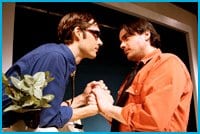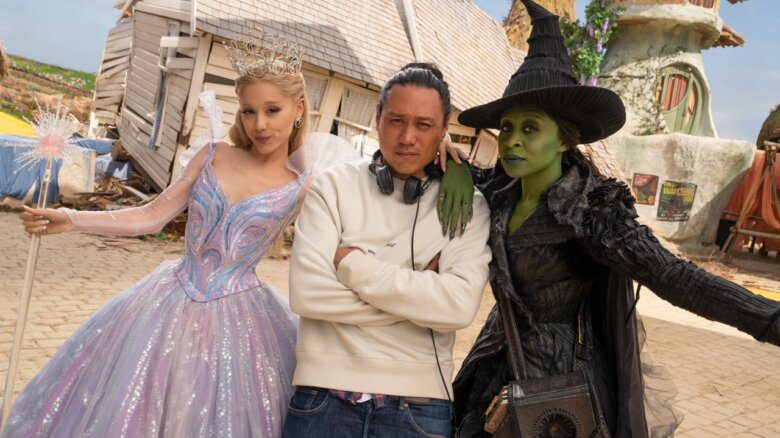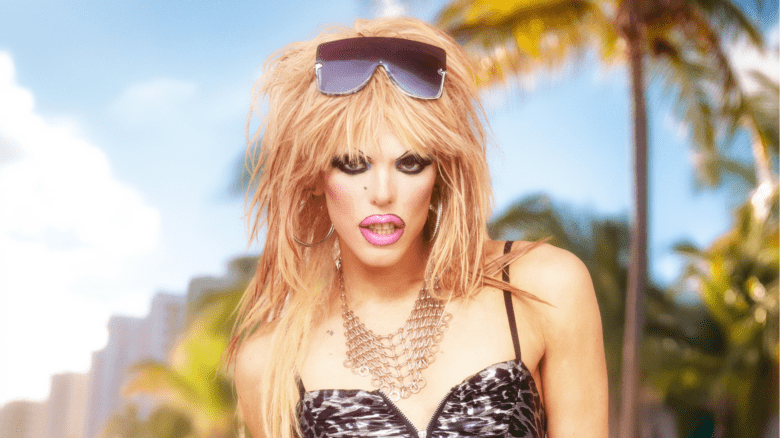Sky Gilbert has never been afraid to speak his mind. For more than 30 years of plays, fiction and essays, his writings have covered a myriad of issues in both queer and straight culture. Whether it’s his opposition to same-sex marriage, his denial of monogamy in gay couples or his belief that HIV does not cause AIDS, Gilbert has always been willing to tell people exactly what he thinks.
His new play Happy: A Very Gay Little Musical which opened at Buddies is no exception and revisits many issues Gilbert has written about in the past. Audiences may be slightly confused by the show’s title, as Happy isn’t really a musical, but more of aplay with a few songs thrown in by composer Micah Barnes. The title of the show actually refers to the central plot of the piece. Bob (David Tomlinson) and Dave (Jason Cadieux) are a happily married, monogamous, respectable gay couple (just the kind of queers Gilbert loathes) who are a successful musical theatre writing duo. Happy is the title of the new musical they’re developing and they’ve enlisted the help of Sue (Sharron Matthews) their hard-drinking, fag hag, dramaturge friend to get the show in shape for some New York producers. The musical they’re writing is about a happily married monogamous gay couple who are writing a musical. Layers of post-modernism abound.
Tomlinson plays the more flamboyant of the two, a perfect contrast to Cadieux’s straight-acting character. They have wonderful chemistry together and, despite the show’s constant decrying of subtlety in all its forms, there’s something beautifully subtle about their dynamic. Matthews is perfectly believable as the alcoholic, unmarried fortysomething who’s given up on love to be the perennial 13th guest at every dinner party. Of the group, she has the best voice and I only wish she’d had more opportunities to really show us what her pipes are capable of.
The cast is rounded out with Jamieson Eakin as Tom, the boy who arrives to collect money for the paper but ends up bringing a whole lot of trouble instead. It’s hard to say much about his role without spoiling the plot, but his presence onstage is a delight and he captures the delicate nature of the confused, Tina-smoking teen in a way that’s really satisfying to watch.
Designer Daniele Guevara had a tough job set out for her, trying to create an intimate setting in Buddies’ cavernous Chamber and she’s succeeded in making a space where the audience feels genuinely connected with the performers — so much so that there’s occasional banter exchanged between performers and audience, in keeping with Gilbert’s post-modern aesthetic.
While not perfect as a script, Happy succeeds in the hands of the actors and under Gilbert’s direction because nobody is really taking themselves that seriously. Though it touches on deeper issues that Gilbert has railed on about in the past, ultimately it lives up to its subtitle, and is probably the gayest littlest musical I’ve seen in a long time.


 Why you can trust Xtra
Why you can trust Xtra


